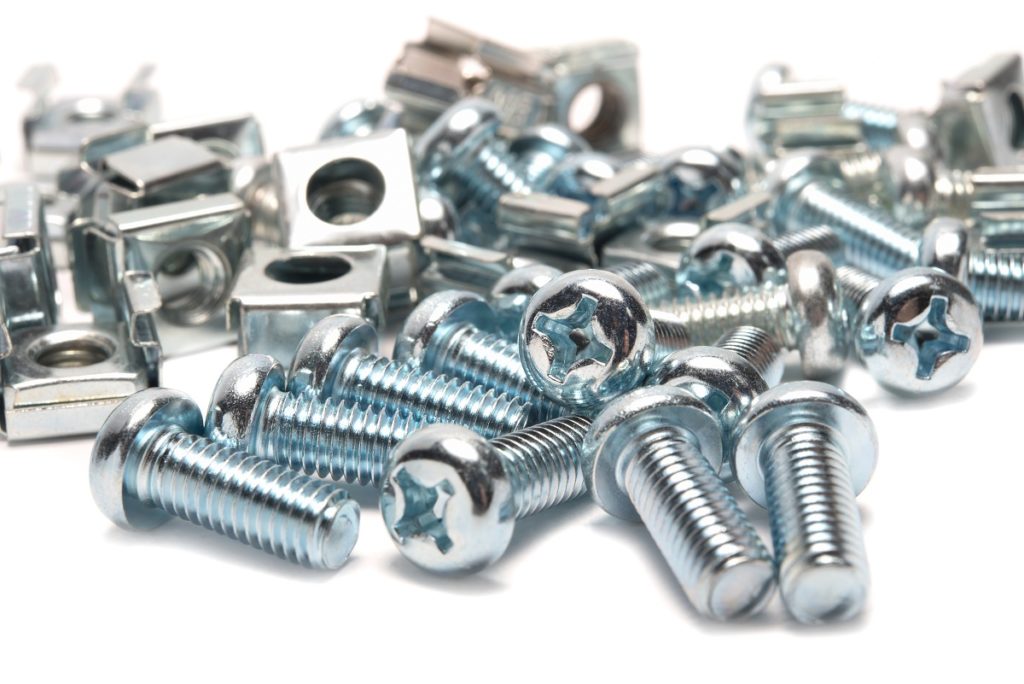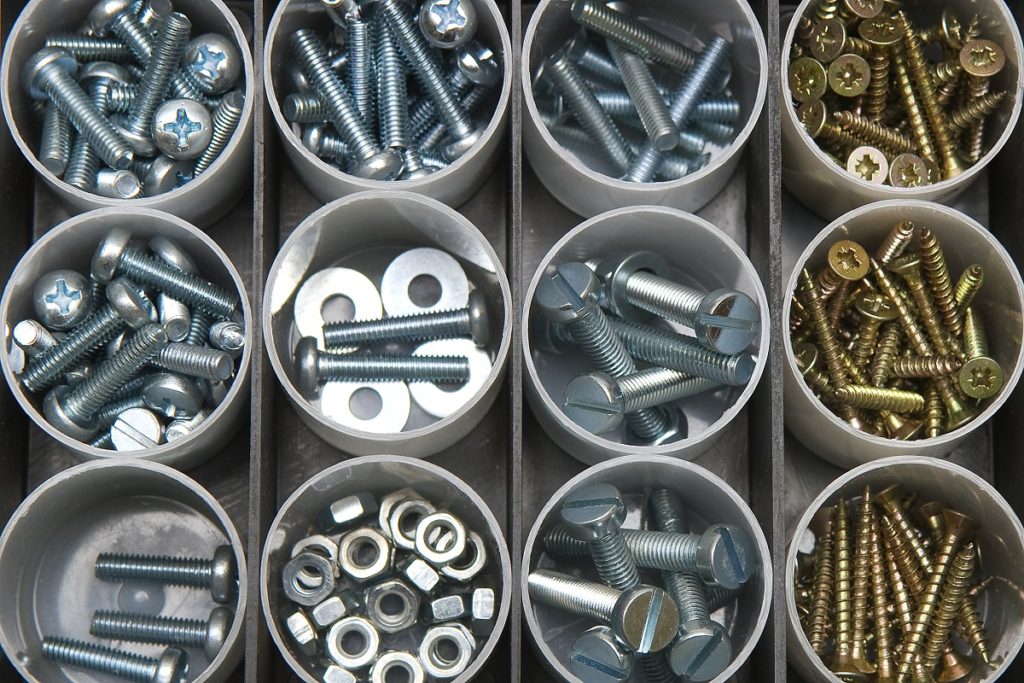When it comes to washers, the material used in their construction will determine the physical properties. Some applications demand that the machine goes through a cyclic loading process to increase its resistance to fatigue and its strength. In other cases, to provide the required designs, one has to rely on alloys of steel.
When nuts and washers are needed for light loads, they can be made using damaged metal parts. The different processes will produce different products that fit various applications. For example, lock washers work perfectly in securing fasteners. That said, read on to learn about the main types of machines and their uses:
Spring and Belleville Washers
The spring washer is often referred to as a disc spring. It comes with unique mechanical capabilities, including an irregularity during compression that is proportional to the amount of force applied to it. The spring washer can be used in places where the assembly needs to be able to maintain a certain amount of tension. It is also ideal in cases where you need to compensate for contraction or expansion. The spring can absorb shock, controlling the reaction of the load.
The Belleville washer, on the other hand, is used in applications that produce tiny deflections. The capability of this washer will vary depending on the thickness of the appliance as a function of its height. Most of the applications include places where thermal expansion must be factored in.
Crescent and Dome Washers
Crescent washers work well with light loads. They produce small deflections at a uniform rate all through the deviation. This makes the machine perfect for applications that will need cycled loads. It is sometimes interchanged with the dome washer when a high capacity is required. The dome, however, has rounder curves that make it suitable for applications that need a flat surface for bearing the load.
Lock Washers
These washers are made for securing different fasteners. They have an inherent ability to lose friction. Every design of the lock washer fits the specific application and uses the same principle. It exerts the load, deforms partially and then locks the fastener secure. A coil installed in the washer bites into the bolt and keeps it there. Some applications use this washer against a flat machine.
Flat and C Washers

Flat washers are typically round with a hole at the centre. The standard designs for flat washers follow specific industry guidelines. They are meant for use alongside bolts and nuts. C washers have a C-shaped cut on the side instead of a hole at the centre. The slot usually has the same width as the hole that would otherwise be in the centre. The washer is made this way so that it is possible to remove without having to unfasten the whole system.
No matter the type, washers are characterised using imperial units for design. The dimensions are usually specified based on nominal or gaged values. However, it is possible to buy machines that are customised for a specific application.


